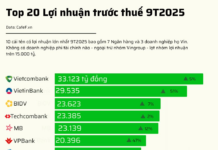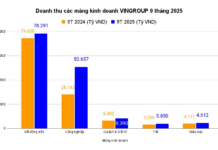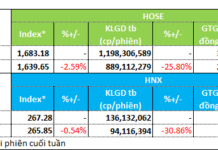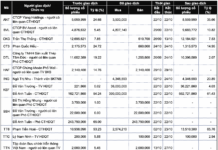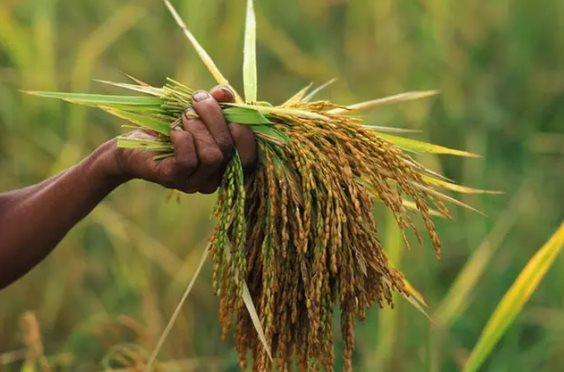
Illustrative Image
Pakistan’s rice exports witnessed a sharp decline in the first quarter of the fiscal year 2025-2026 (July-September 2025), raising concerns within the industry about the country’s global market competitiveness. Official data reveals that total rice exports during the quarter reached 712,797 tons, marking a 28% drop compared to the 991,146 tons recorded in the same period last year.
The basmati rice segment was hit the hardest, with exports plummeting by 45.5% to 137,066 tons, down from 248,500 tons the previous year. Non-basmati rice exports also saw a 22.1% decline, falling to 575,731 tons from 764,700 tons.
Analysts attribute this downturn to a combination of policy barriers, high financial costs, and currency fluctuations, which have made Pakistani rice less competitive compared to India, its primary regional rival.
According to the Rice Exporters Association of Pakistan (Reap), the regional market has become increasingly volatile following India’s lifting of export bans, removal of minimum export prices (MEP) for basmati rice, and the introduction of 0% tariffs on certain rice varieties. In contrast, Pakistan lacks robust domestic market protection mechanisms, leading to hoarding practices that drive up local prices.
Reap has urged the government to establish consistent border trade policies, implement insurance and export guarantee schemes, and strengthen controls on hoarding and fraudulent activities to stabilize the market.
Despite these challenges, there are positive signs as exports began to recover slightly in September and October, thanks to stabilized prices and a favorable new harvest. Shahzad Ali Malik, CEO of Guard Agricultural Research & Services, noted that this year’s improved yields resulted from timely planting and favorable weather conditions, unlike previous years when early planting led to heat stress and reduced productivity.
A bright spot for Pakistani rice is its growing popularity in China. In the third quarter of 2025, Pakistan exported 76,360 tons of partially or fully milled rice worth $34.30 million, with an average price of $0.44 per kg. This marks a significant increase from the previous year, when exports of this category totaled just over $6 million with a volume of 7,420 tons. The export volume has surged more than tenfold compared to the same period last year. Additionally, Pakistan has exported substantial quantities of broken rice to China.
With the recent recovery trend, industry observers are optimistic that Pakistan’s rice sector can regain its export growth momentum if the government promptly adjusts financial and trade policies to better support businesses.
Source: Dawn












